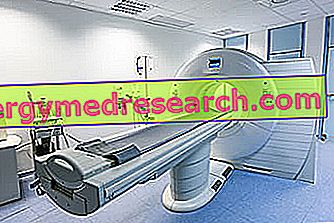
Murphy's sign (John Benjamin Murphy, Chicago, 1857-1916) is a valuable aid in urgent clinical semeiotics, to assess the origin of an acute abdominal pain.
The sign of Murphy typically becomes positive in the case of cholecystitis (inflammation of the gallbladder) and biliary lithiasis (gall bladder stones).
How it happens
The doctor deeply palpates the patient's abdomen at the level of the right hypochondrium, inviting him to inhale deeply (while the physician intensifies finger pressure during the inspiratory act). If there is an obstruction of the gallbladder, at a certain point the patient will stop the inspiratory movement with intense pain (as the extended and inflamed gallbladder, pushed down and forward by the descent of the diaphragm, comes into contact with the doctor's fingers ); in this case the sign of Murphy - for this also known as sign of respiratory arrest - will be considered psoitivo.
There is also the so-called echographic sign of Murphy, which becomes positive in the case of reproducible and well localized tenderness when the ultrasound probe is used to apply pressure directly on the gallbladder.
In both cases it is clearly a medical competence maneuver, which also requires some experience in identifying the correct areas in which to apply pressure.
Murphy's maneuver is illustrated in this video, from which the image associated with the article is taken.



